| This tiny domaine
is steadily emerging from its insiders' secret
status, and rightfully so —Guillaume Tardy just
hasn't missed a beat in recent years. His
sophisticated 2018s have now reached our shores.
Burgundy collectors rejoice! |
|
| View online | |
| BURGUNDY 2018 • NEW ARRIVALs |
| Jean Tardy |
| Depth, beauty,
and sophistication from an understated Vosne gem |
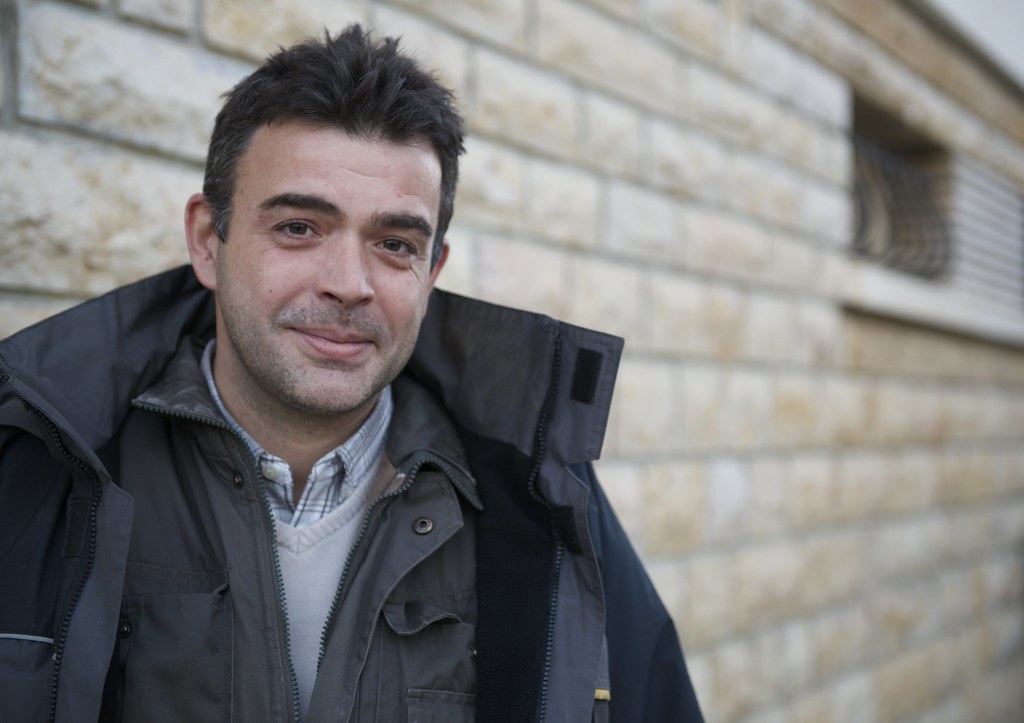 Guillaume Tardy of Domaine Jean Tardy |
| I like the style
here: rich, balanced and pure, plump and intensely
flavoured. — Clive Coates, MW That he is best buddies with Sébastien Cathiard is perhaps not a coincidence when one assesses the style of Guillaume’s wines which have a flourish of textural fruit and fragrance which delights the palate and nose in equal measure. — Neil Martin |
|
|
Nestled amongst the uniform row of small houses along the Vosne-Romanée section of RN74 — the North-South highway that cuts across the communes of the Côte d’Or — lies this plain-looking house with nary a sign to declare what it is. The wines that this domaine’s cellar holds, however, are a joy to behold and imbibe. |
The story of Domaine Jean Tardy began in 1920,
when a young Victor Tardy started his career at Domaine
Camuzet as an agricultural worker. More than two decades
later in 1945, as a reward for Victor’s faithful service,
Étienne Camuzet, then the mayor of Vosne-Romanée, decided
to offer him several of his illustrious vineyards on a métayage
(sharecropping) basis.
By the time Victor’s son Jean Tardy took over as
vigneron-in-charge in 1966, Domaine Méo-Camuzet was in the
process of increasing their vineyard holdings. Some of
these vineyards came under the Tardy family’s care,
including prized premiers crus as well as the grand cru
Clos Vougeot.
In order to prepare for the eventual expiration of these
sharecropping agreements in 2007, Jean soon began to
search for vineyards to purchase. As a result of his
resourcefulness, he was able to progressively add new
appellations to the domaine’s holdings over the course of
several decades — Chambolle-Musigny, Nuits-Saint-Georges,
Vosne-Romanée, Fixin, Gevrey-Chambertin, Hautes-Côtes de
Nuits and premier cru Nuits-Saint-Georges “Aux Argillas”.
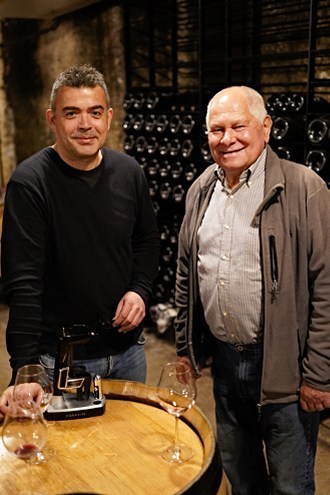 Jean’s son Guillaume Tardy
(father and son pictured together, right) is just
as passionate about wine growing as his father, so
generational transition has taken place effortlessly here.
Guillaume started working at the domaine in
1997 and took over the winemaking reins in 2001, after
having completed his viticultural and oenology studies as
well as a stint at the renowned Picardy estate in
Australia. His father continues to guide him, although in
recent years, it’s become clear that Guillaume is firmly
in the driver’s seat.
Jean’s son Guillaume Tardy
(father and son pictured together, right) is just
as passionate about wine growing as his father, so
generational transition has taken place effortlessly here.
Guillaume started working at the domaine in
1997 and took over the winemaking reins in 2001, after
having completed his viticultural and oenology studies as
well as a stint at the renowned Picardy estate in
Australia. His father continues to guide him, although in
recent years, it’s become clear that Guillaume is firmly
in the driver’s seat.
What’s of paramount importance at the domaine is healthy fruit and optimal ripeness. That means short pruning, de-budding and strict green harvest to keep yields down. This also improves air flow in the vineyard, mitigating many common diseases that plague the region. Sustainability is a priority. Chemicals are systematically avoided, and natural compost is substituted instead.
Once harvested, the fruit is destemmed and the berries
are given a seven-day cold soak to release colour and
flavour. Fermentation takes place with minimum pigeage
to maintain elegance and finesse. The wines are gently
pressed to barrel and matured on lees, receiving their
first racking at final blending. About 25 to 33% new oak
is employed for the villages, 50% for premier cru and 70%
for grand cru, adapted to respective vintages. Élevage
lasts for around 18 months in oak barrels.
With just over five hectares of vineyards, this small gem of an operation doesn’t make much wine. Its portfolio may be made up of mostly villages wines, but they’re all lieu-dit cuvées which, under Guillaume’s perfectionist rigour, become elevated expressions: opulent and elegant, replete with intense fruit flavour, with exemplary ageworthiness. In tastings, it’s very difficult to place these wines as merely villages, a testament to Guillaume’s special touch.
| It is such a shame
that Guillaume does not have some of the grandiose
crus of his neighbours because the quality of the
wines he is making from the ones he does have is
simply exceptional. It’s hard to say when he turned
a corner exactly as the wines have been impressive
for a while now but they just seem to gain in
assurance and class every year. — Neil Martin |
|
Indeed, there’s been a perceptible rise in quality since
Guillaume took over the domaine, and like many of his
friends and contemporaries, he’s committed to continuous
progress. His are terroir-focused wines that are rich and
silky smooth in texture, deeply flavourful Pinots that
glide across the palate. These are expressive, finessed
Côte de Nuits reds of excellent purity and depth.
This is exactly what we found in the 2018s when we tasted
them at the domaine in late 2019. Despite the natural
ripeness of the vintage, the domaine’s wines were
fabulously cool-fruited, sporting a calm and elegant
disposition, all without sacrificing their
fruit-expressiveness. There’s a sense of Zen about these
gloriously constituted wines, and after spending some time
with Guillaume, who carries himself with a gentle
earnestness and an unhurried demeanour, we could see who
these wines resemble.
Domaine Jean Tardy has quietly gained a discreet but solid foothold in the high-end restaurant scene across Europe. We’ve spotted bottles of the domaine’s wines in top restaurants’ lists and in the “exclusive” (meaning: the owner has to agree to sell you a bottle) sections of the better bottle shops around Burgundy. Yet the name is so understated that discovering these wines for the first time feels like being let into a kind of secret society. Having now experienced the revelatory pleasures of these wines on numerous occasions, it’s clear to us why many consider this domaine to be one of the finest producers in the Côte d’Or.
| We’re
thrilled to share with you today the gregarious
2018s from Domaine Jean Tardy
& Fils. These splendid treasures from
this breakout Vosne-Romanée domaine are now here,
and currently available in-stock. They’re still
somewhat under the radar, though they won't be for
long — this is Burgundy, after all. |
This offer is valid until 7 May 2021. Orders will be processed subject to remaining availability and final written confirmation. Some wines have restrictive supplies, so please understand that we may need to allocate them in order to ensure as equitable a distribution as possible. Full settlement is required in order to confirm the purchase. All terms and conditions apply.
| - OFFER VALID ONLY UNTIL
7 May 2021 - PRICES ARE QUOTED NETT in SGD, no further discount - ALLOCATION RULES MAY APPLY, SUBJECT TO FINAL WRITTEN CONFIRMATIOn - CONFIRMATION MAY TAKE 2-3 DAYS |
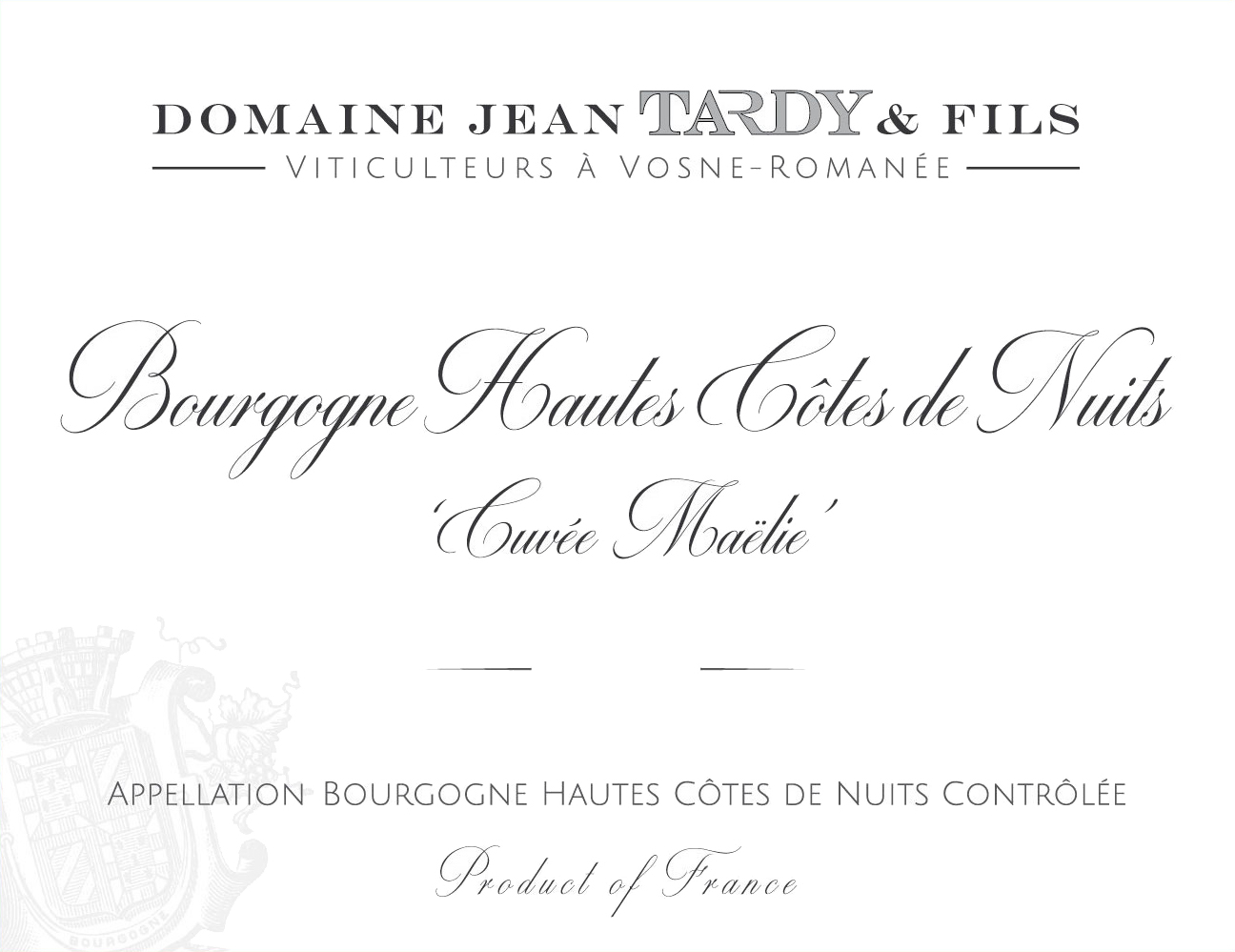 |
|||||
|
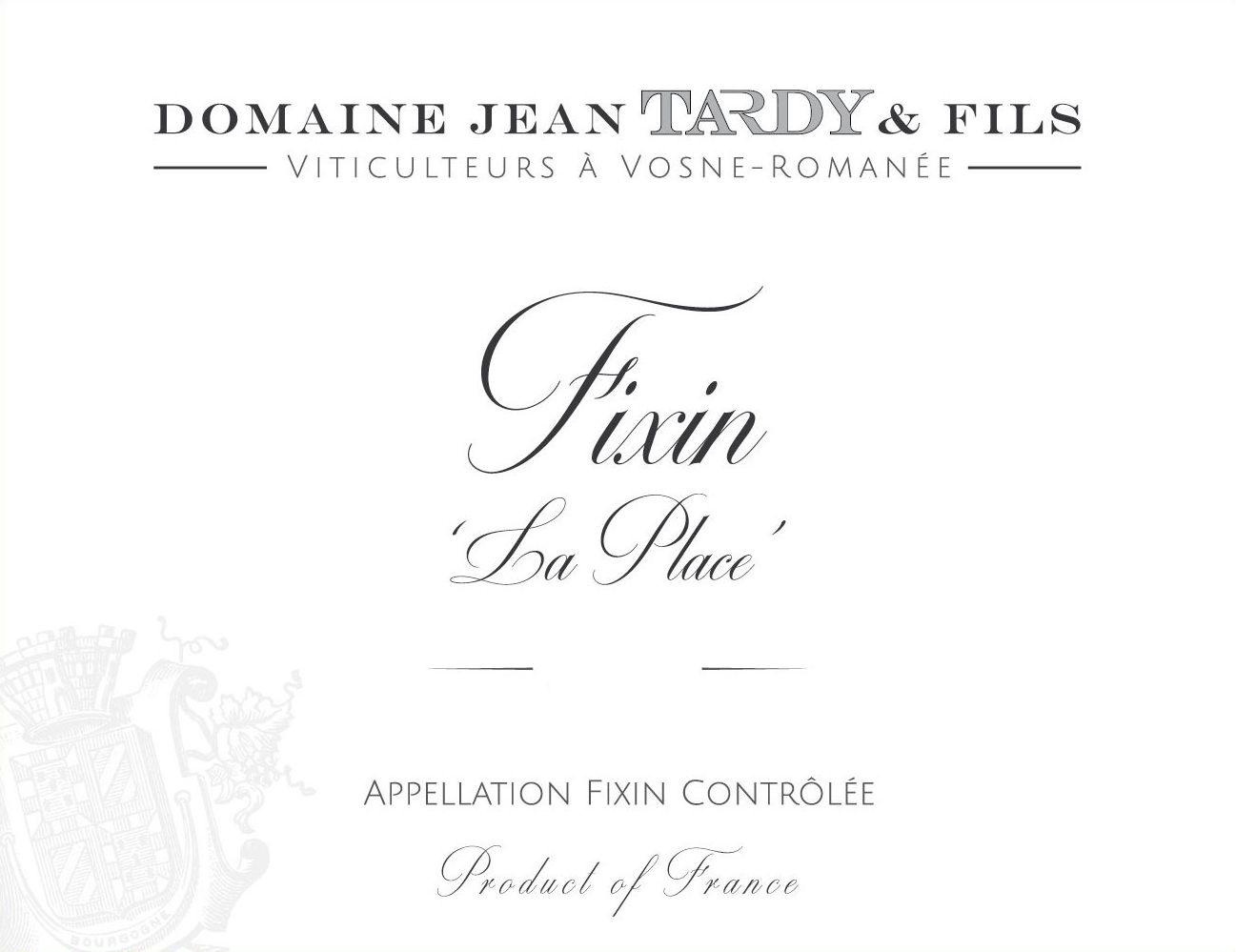
|
|||||
|
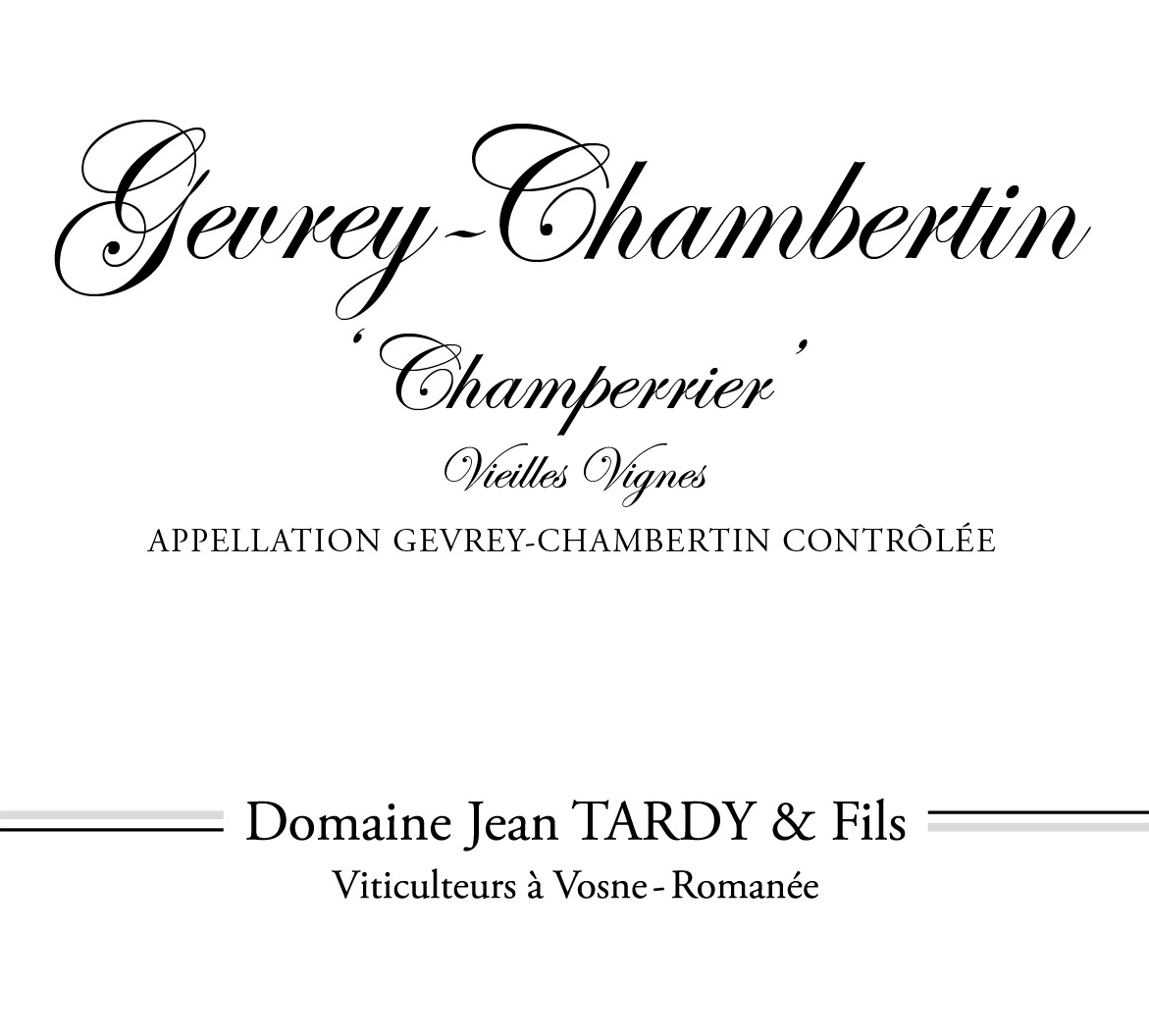 |
|||||
|
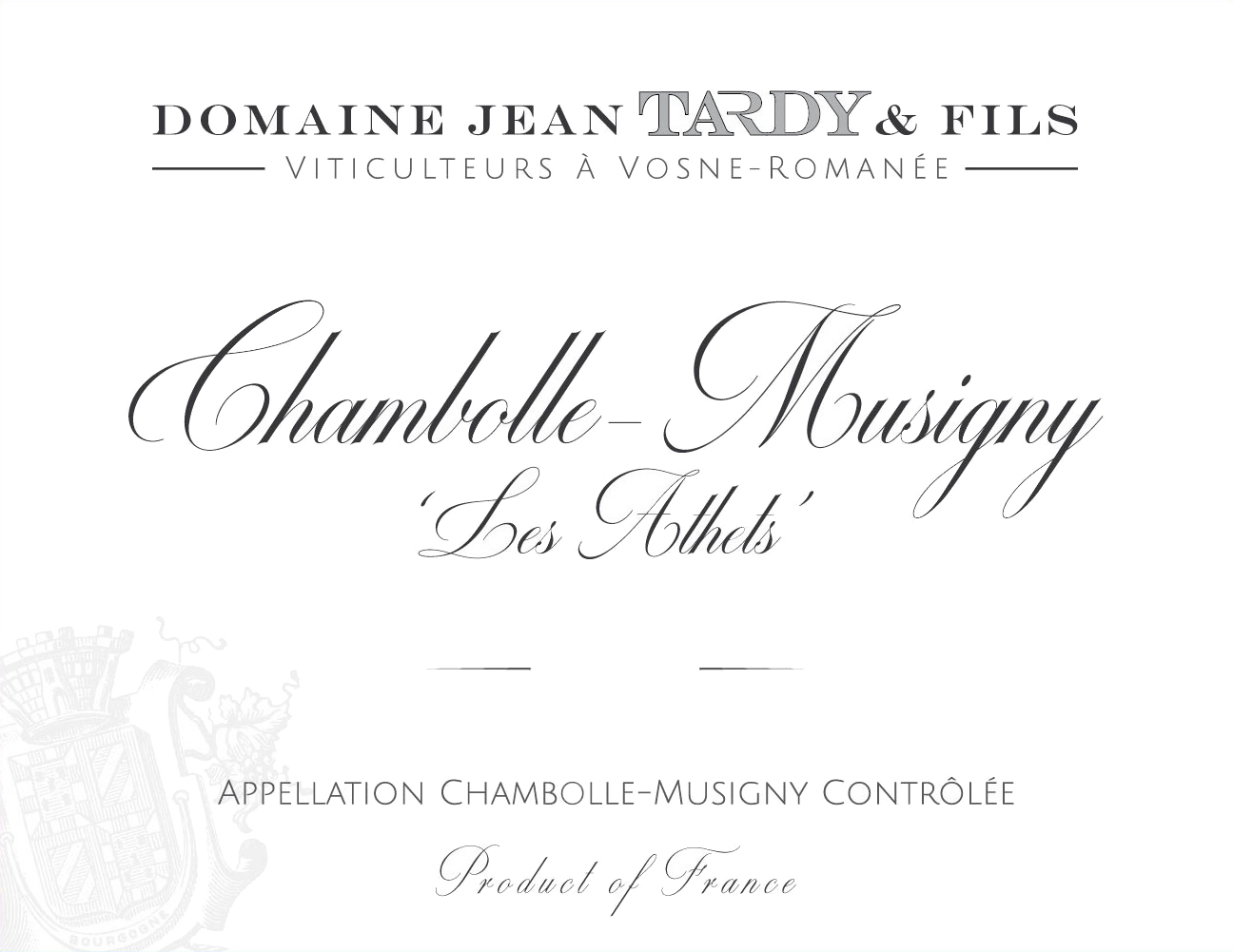
|
|||||
|
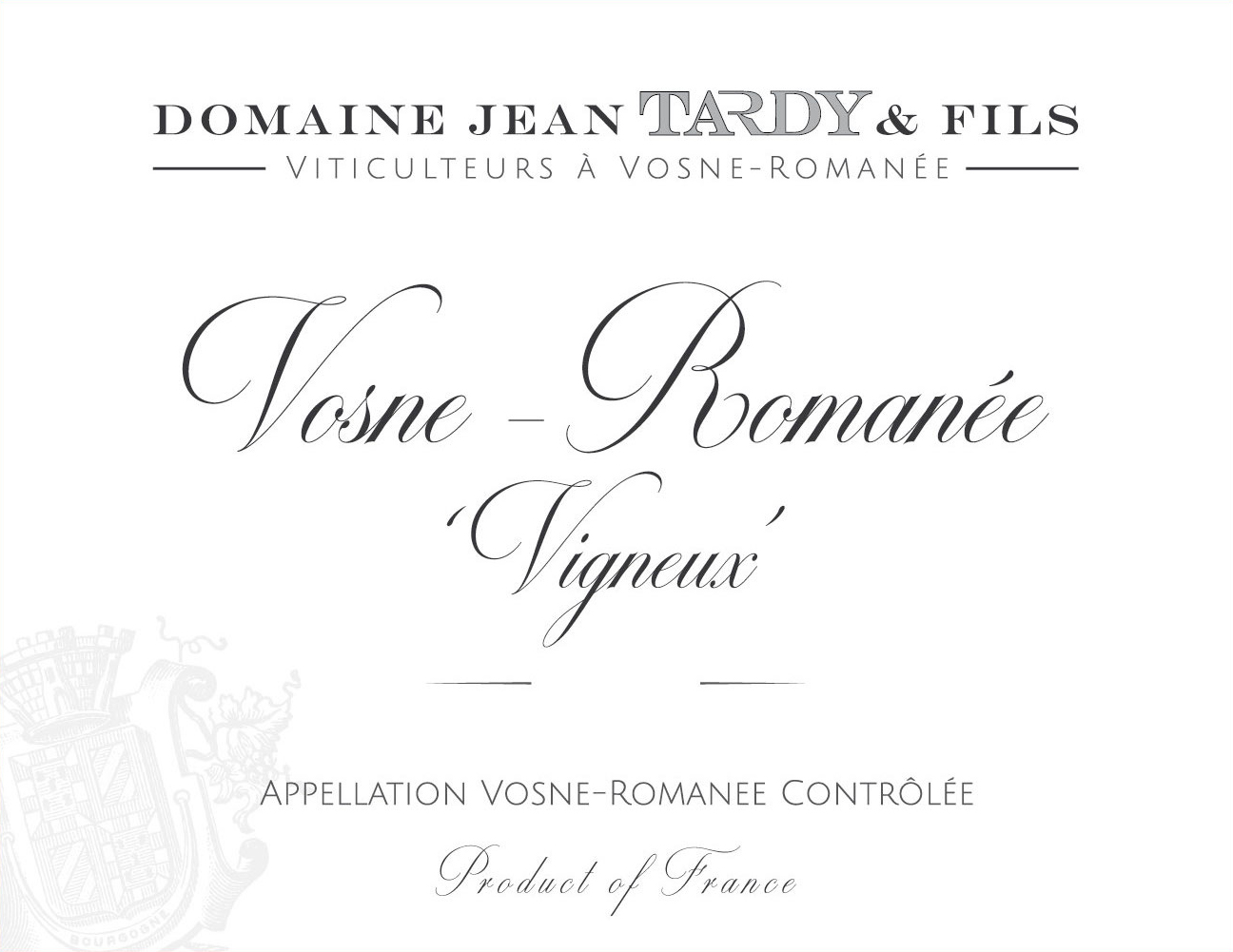
|
|||||
|
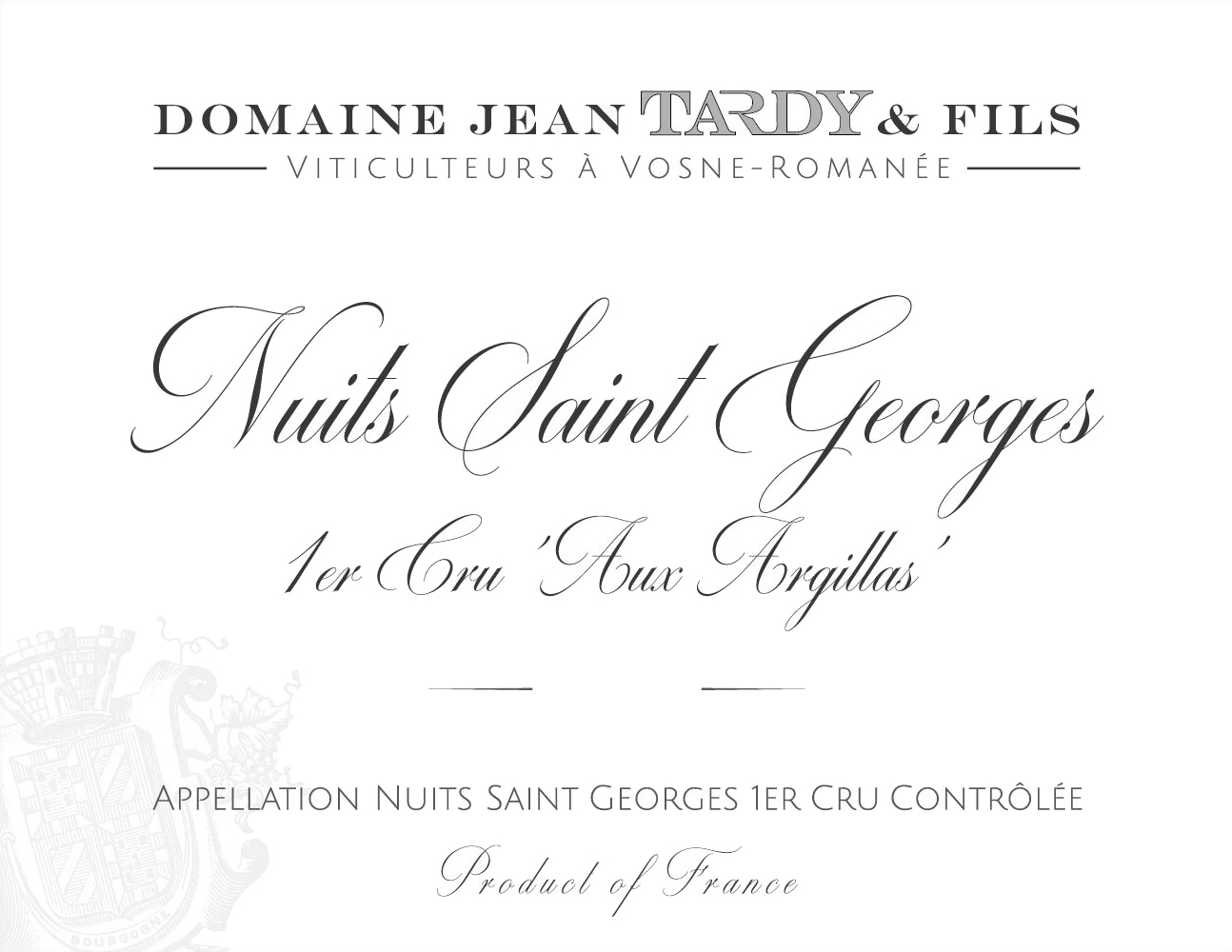
|
|||||
|
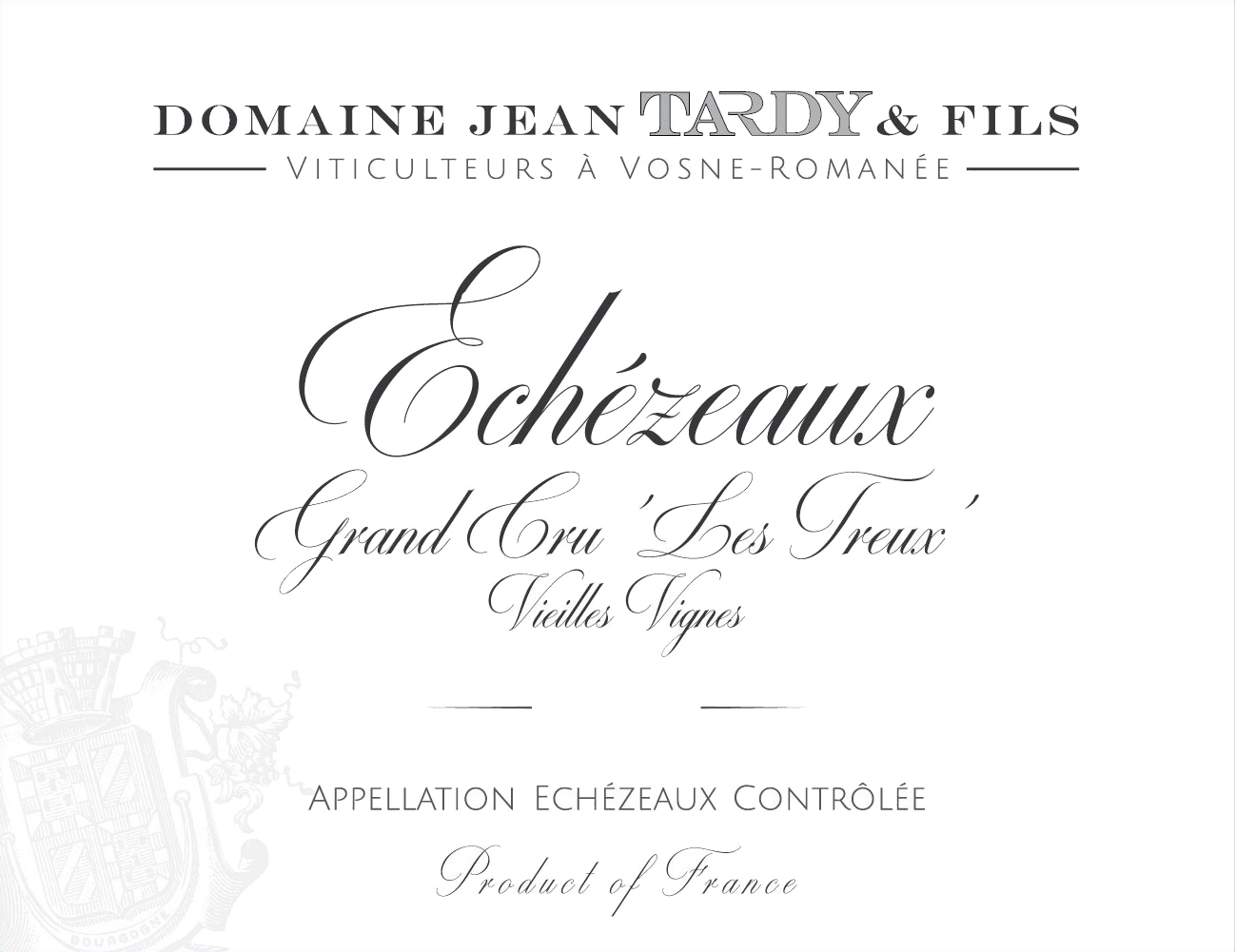
|
|||||
|
TERMS
& CONDITIONS
|
ARTISAN CELLARS APRIL
2021 WINE LIST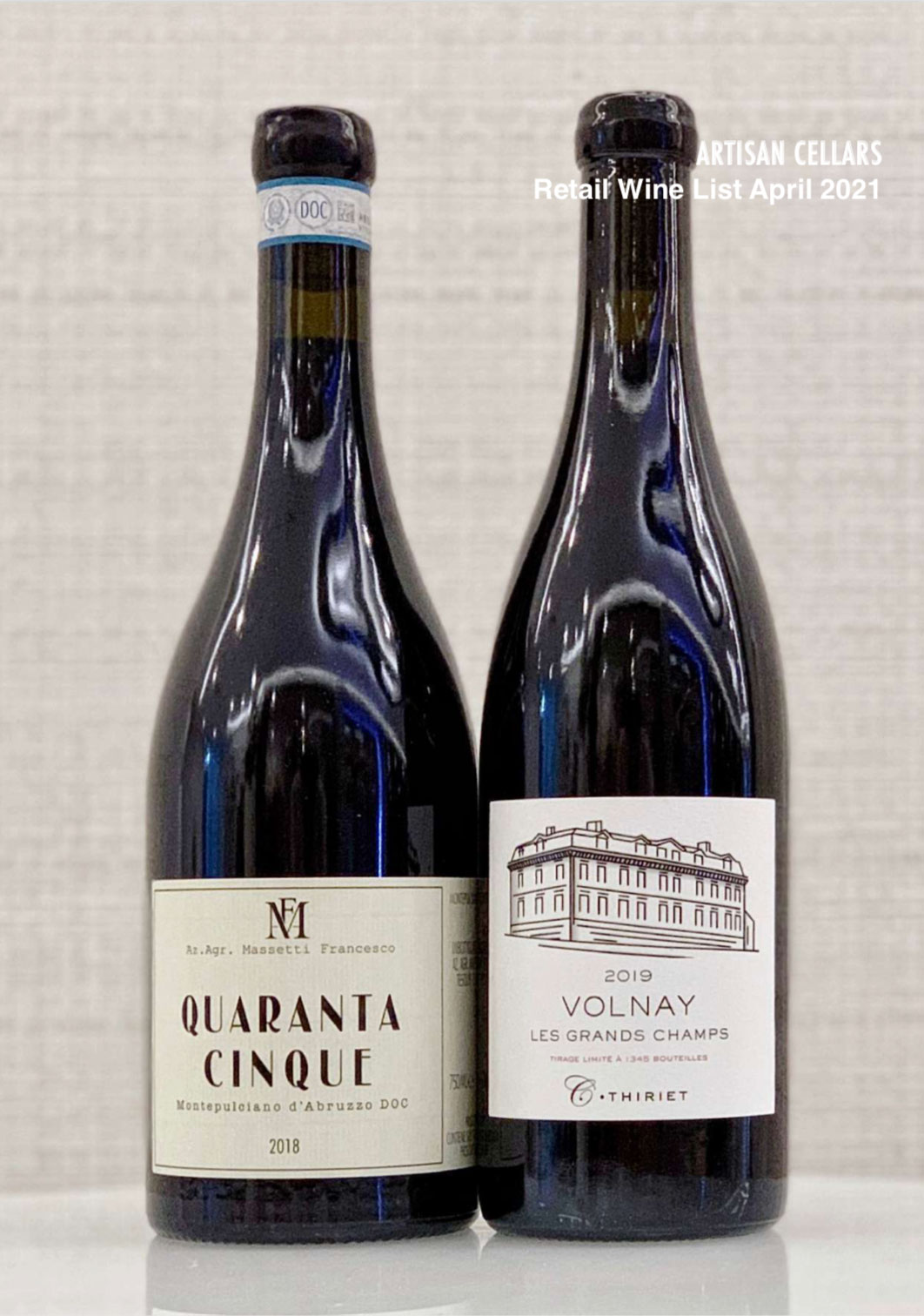 This list outlines
a compilation of artisanal wines that we carry. We
take pride in the sourcing and provenance of our
wines, from the most affordable to the higher ends.
As importers, most of our wines come direct from the
estates. We are proud to work with the most
respected growers from every wine region, each of
them representing the very best that their
respective appellation is capable of producing. To
augment our list, we occasionally include quality
wines from only impeccable sources. Regardless of
point of origin, we are always committed to shipping
and storing them in ideal cellar conditions. Please
email us at sales@artisan-cellars.com
or call us at +65 6838 0373 to enquire about exact
availability of wines, or to find out anything you
wish to know about our wines. This list outlines
a compilation of artisanal wines that we carry. We
take pride in the sourcing and provenance of our
wines, from the most affordable to the higher ends.
As importers, most of our wines come direct from the
estates. We are proud to work with the most
respected growers from every wine region, each of
them representing the very best that their
respective appellation is capable of producing. To
augment our list, we occasionally include quality
wines from only impeccable sources. Regardless of
point of origin, we are always committed to shipping
and storing them in ideal cellar conditions. Please
email us at sales@artisan-cellars.com
or call us at +65 6838 0373 to enquire about exact
availability of wines, or to find out anything you
wish to know about our wines. |
||||
|
390 Orchard Road B1-01 Palais Renaissance Singapore 238871 t +65 6838 0373 f +65 6836 0036 e sales@artisan-cellars.com w www.artisan-cellars.com |
 |